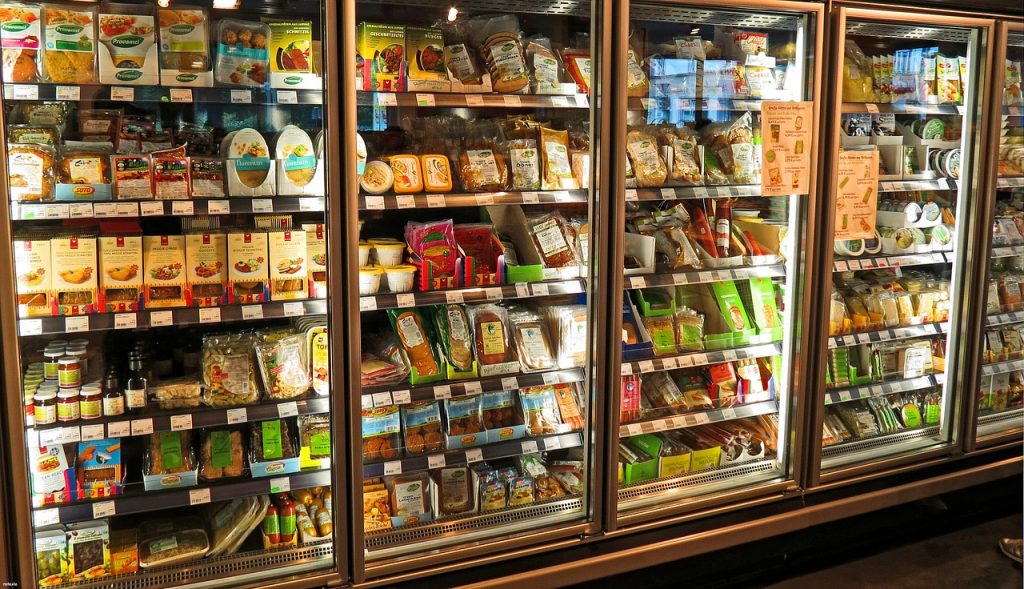International trade plays a pivotal role in the global economy, facilitating the exchange of goods and services across borders. However, this dynamic landscape is not without its challenges. In this blog post, we will delve into the multifaceted obstacles and complexities associated with trade, exploring the economic, political, and logistical dimensions. By understanding these challenges, businesses and policymakers can better navigate the intricacies of international trade.
- Economic Challenges:
1.1 Fluctuating Exchange Rates: Trade is heavily influenced by currency exchange rates, which can fluctuate unpredictably. These fluctuations impact the cost of imports and exports, making it challenging for businesses to plan and forecast.
1.2 Trade Barriers and Tariffs: Governments often impose trade barriers such as tariffs, quotas, and subsidies to protect domestic industries. These barriers can hinder market access, increase costs, and create an uneven playing field for international traders.
1.3 Market Volatility: Global economic uncertainties, geopolitical tensions, and natural disasters can disrupt trade flows and create market volatility. Businesses must adapt to these unpredictable conditions to maintain stability and competitiveness. - Political Challenges:
2.1 Trade Policies and Regulations: Each country has its own set of trade policies and regulations, including customs procedures, documentation requirements, and product standards. Navigating these complex frameworks can be time-consuming and costly for businesses.
2.2 Trade Disputes and Protectionism: Trade disputes between countries, such as the imposition of retaliatory tariffs, can escalate tensions and disrupt trade relationships. The rise of protectionist measures further complicates international trade, hindering market access and increasing trade barriers.
2.3 Political Instability: Political instability, regime changes, and social unrest in certain regions can disrupt trade operations and create uncertainties for businesses. Maintaining stable trade relationships requires adaptability and risk management strategies. - Logistical Challenges:
3.1 Supply Chain Management: International trade involves intricate supply chains spanning multiple countries. Coordinating logistics, managing inventory, and ensuring timely delivery can be challenging, especially when dealing with long distances, customs procedures, and varying infrastructure capabilities.
3.2 Transportation and Infrastructure: Efficient transportation networks and robust infrastructure are crucial for seamless trade. Inadequate ports, congested roads, and outdated logistics facilities can lead to delays, increased costs, and logistical bottlenecks.
3.3 Information and Communication Technology: Effective utilization of information and communication technology is essential for streamlining trade processes. However, disparities in digital infrastructure, data security concerns, and regulatory barriers can impede the adoption of digital solutions, hindering trade efficiency.
Conclusion:
International trade presents numerous challenges that require careful consideration and strategic planning. From economic fluctuations and political uncertainties to logistical complexities, businesses and policymakers must navigate these obstacles to foster sustainable trade growth. By understanding and addressing these challenges, stakeholders can unlock the immense potential of international trade and contribute to global economic development.




More Stories
Lidi Toys Launches the Best Mini Soccer Goal for Kids: Perfect for Backyard Fun!
How To Choose The Right Fiber Discs To Achieve The Best Grinding Performance
Eco-Friendly Tobacco: A Greener Choice for Conscious Smokers